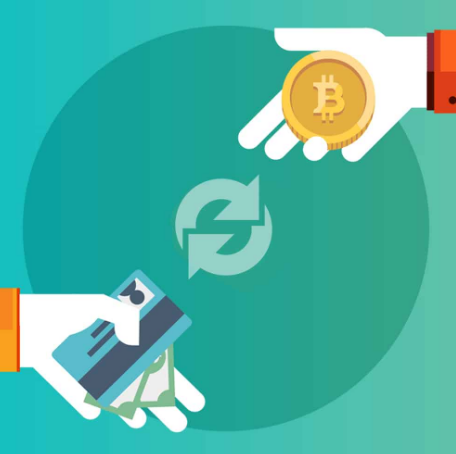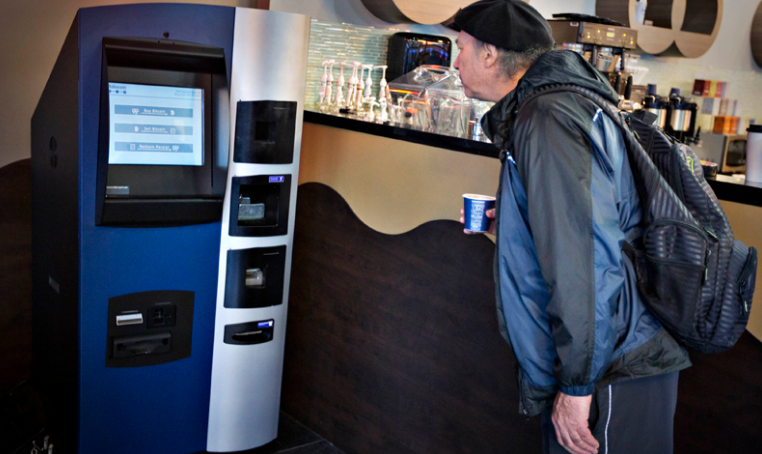Throughout Bitcoin's fifteen year history there has been continual evolution in the way people trade digital assets. In this article we will cover some of the major milestones in crypto trading.
Just as with physical goods, we need a way to trade our digital goods. Over time, Bitcoin has been traded for services, cash, digital fiat currency, as well as for other cryptocurrencies.

Barter
Before 2010 there were no crypto exchanges, and the only way to obtain Bitcoin was to mine it with a computer, earn it from someone else, or barter for it.
In early 2010 a bitcoin miner famously paid 10,000 Bitcoin for two pizzas, marking the first integration of crypto into the real world economy. Almost a year later Vitalik Buterin, the founder of the Ethereum, would earn Bitcoin for writing blog posts about cryptocurrency.
Fiat To Crypto
At the end of 2010, a Bitcoin exchange called Mount Gox was launched out of Shibuya, Tokyo. The platform allowed people to purchase Bitcoin with a traditional bank account.
In June 2012 a website called LocalBitcoins was created to help buyers and sellers find each other in real life, in order to trade Bitcoin for cash or electronic bank transfers.

In 2013, the first Bitcoin ATM was installed in a coffee shop in downtown Vancouver, Canada. It provided the first automated way for people to trade cash for Bitcoin. As of today there are over 34,000 crypto ATMs globally.
Crypto To Crypto
In 2014 crypto-to-crypto exchanges like Poloniex and Bittrex came on the scene, which could be used to trade one crypto asset for another by using only an email address to create an account.
That same year, the Shapeshift service launched, allowing people to exchange one crypto for another without even needing an account. The Shapeshift model has since been iterated upon by several other similar online services.
As cryptocurrencies continued to increase in value, and governments started to take them more seriously, these crypto-to-crypto exchanges came under regulatory pressure and were forced to implement KYC/AML procedures.
Decentralized Exchanges (DEX)
In 2015, Ethereum was the first blockchain to launch with programmable smart contract capabilities, providing much more functionality.
In 2017, an Ethereum project called Bancor harnessed smart contracts to create the first Automated Market Maker. This form of DEX allowed users to provide their own liquidity to the exchange, and trade Ethereum assets in a completely decentralized manner.

Uniswap followed shortly thereafter in 2018, and allowed users to provide their own liquidity by supplying an equal amount of ETH and another Ethereum asset.
Cross-Chain Decentralized Exchanges
A project called Thorchain was launched back in 2020, and it enabled decentralized trading of crypto assets between major blockchains, such as Bitcoin and Ethereum.
Now we have more cross-chain DEXes in development like Maya Protocol, Chainflip, and Serai DEX. All of which are all innovating and improving upon what the Thorchain protocol built.
Conclusion
Both centralized and decentralized cryptocurrency exchanges continue to evolve to make trades more efficient and secure. In the future, we will likely see trades happening seamlessly in the background via DEXs and cross-chain DEXs, as fiat currencies continue to lose relevancy.
If you enjoyed this article, be sure to check out my other posts about finance and crypto here on the HIVE blockchain.
Until next time...
That is an interesting round up of the 15 years of BTC
If you can't see this awesome banner, open this post InLeo